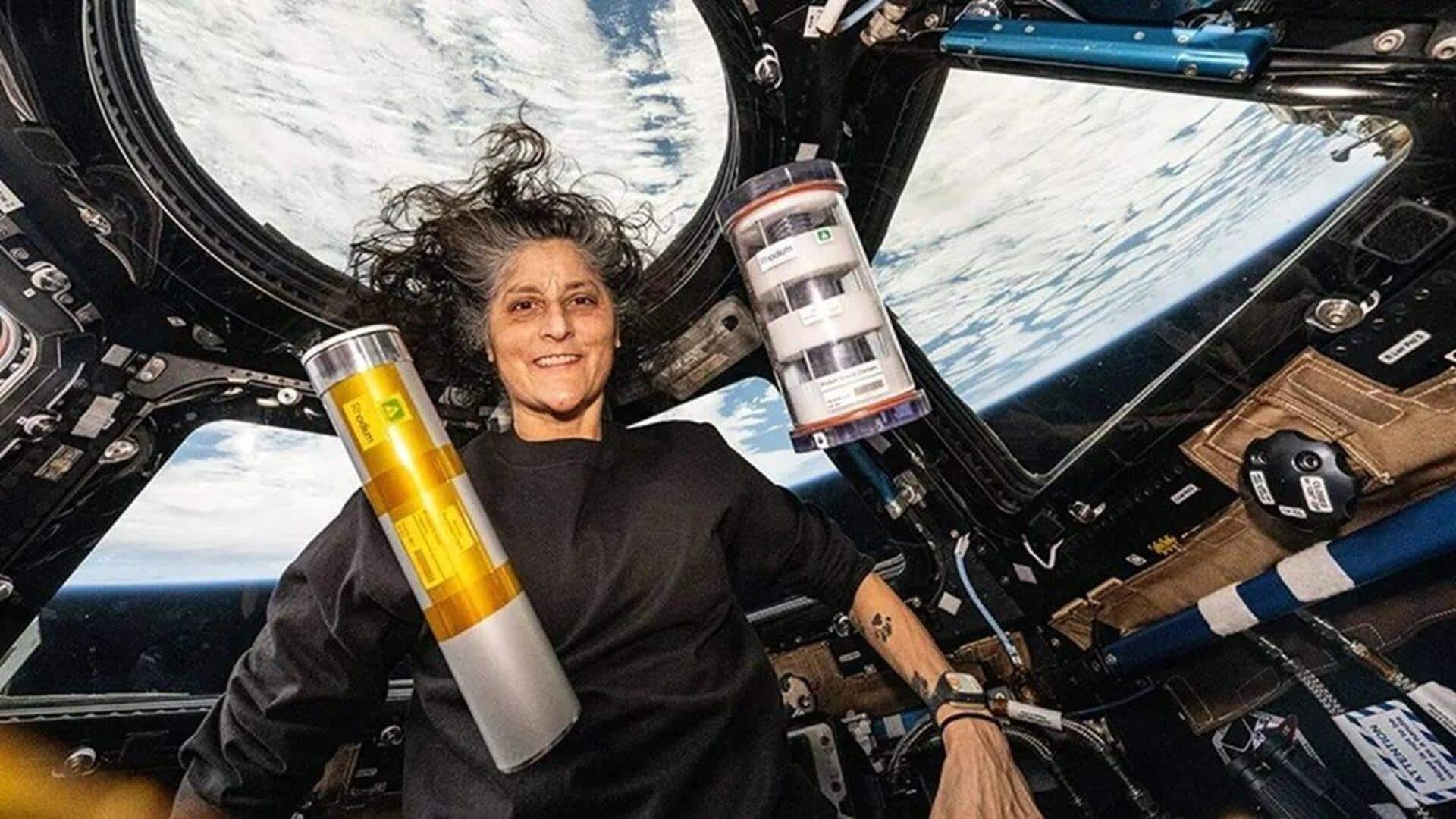
Sunita Williams's return delayed again as SpaceX postpones Crew-10 flight
What's the story
NASA astronauts Sunita Williams and Barry Wilmore's return to Earth has been delayed after SpaceX postponed the flight of their replacement crew. The Crew-10 mission, a joint effort of NASA and SpaceX, was scheduled to bring the duo back from the International Space Station (ISS) later this week. However, a last-minute technical issue with the rocket resulted in this postponement.
Technical glitch
SpaceX's Crew-10 mission cancelation details
The Crew-10 mission was scheduled to take four new astronauts—Nichole Ayers, Anne McClain, Takuya Onishi, and Kirill Peskov—to the ISS and return Williams and Wilmore to Earth. The duo has been stuck in space for nine months after a flight on Boeing's Starliner. The postponement was caused due to a hydraulic system issue with a ground support clamp arm for the Falcon 9 rocket at Launch Complex 39A at NASA's Kennedy Space Center in Florida.
Future plans
Next launch window and potential rescheduling
Despite the setback, there are other launch windows on Thursday and Friday. If SpaceX can fix the hydraulic issue with one of its arms, there's a chance the Falcon 9 rocket could still be launched this week. The next available launch opportunity is slated for March 13 at 7:26pm EDT (March 14 at 4:56am IST) and March 14 at 7:03pm EDT (March 15 at 4:33am IST), subject to review of the issue.
Rescheduling
Impact on return timeline and future missions
The delay impacts the return schedule of astronauts Williams and Wilmore. If Crew-10 launches on March 13, Crew-9 with Williams, Wilmore, NASA's Nick Hague, and Roscosmos cosmonaut Aleksandr Gorbunov would leave the space station no earlier than March 17 at 9:05am EDT (March 17, 6:35pm IST), NASA said. This would depend on weather conditions at the splashdown locations off Florida's coast.
Twitter Post
Take a look at the official post from NASA
.@NASA and @SpaceX have decided to stand down Wednesday, March 12, from the agency’s #Crew10 mission to the International Space Station. https://t.co/I9qwNvck28
— International Space Station (@Space_Station) March 12, 2025